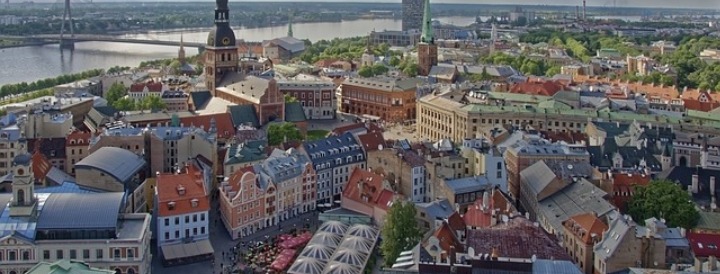The history of Latvia, like that of its neighbor Estonia, is largely one of foreign occupation. The indigenous Balts were overwhelmed at the start of the thirteenth century by German crusading knights, who massacred and enslaved them in the name of converting them to Christianity. The Germans continued to dominate both land and trade even after political control passed to the Polish-Lithuanian Commonwealth, then Sweden and finally Russia. During the second half of the nineteenth century, the Latvians began to reassert their identity, achieving independence in 1918-20 after a war in which – with Estonian help – they beat off both the Soviets and the Germans. This hard-won independence was extinguished by Soviet annexation in 1940. As conditions in the Soviet Union relaxed during the late 1980s demands for increased autonomy turned into calls for outright independence, and on August 21, 1991, as the attempted coup against Gorbachev disintegrated in Moscow, Latvia declared its independence for the second time.
These days Latvia is engaged in turning over the economy to private ownership and struggling to put to rights the results of Soviet-era stagnation and neglect. Environmental damage aside, the most enduring legacy of Soviet occupation in Latvia is a Russian minority population of thirty percent.
The most obvious destination in Latvia is Riga, a city whose architectural treasures have largely survived five decades of isolation. Places within easy reach of the capital include the resort area of Jurmala, and the gently scenic Gauja Valley with the attractive small towns of Sigulda and Cesis. The palace of Rundale, 80km to the south of Riga, also makes a great day-trip. These are just a few possibilities, with much more waiting to be discovered along Latvia’s hundreds of miles of unspoiled coast and amid the forests of the countryside.
